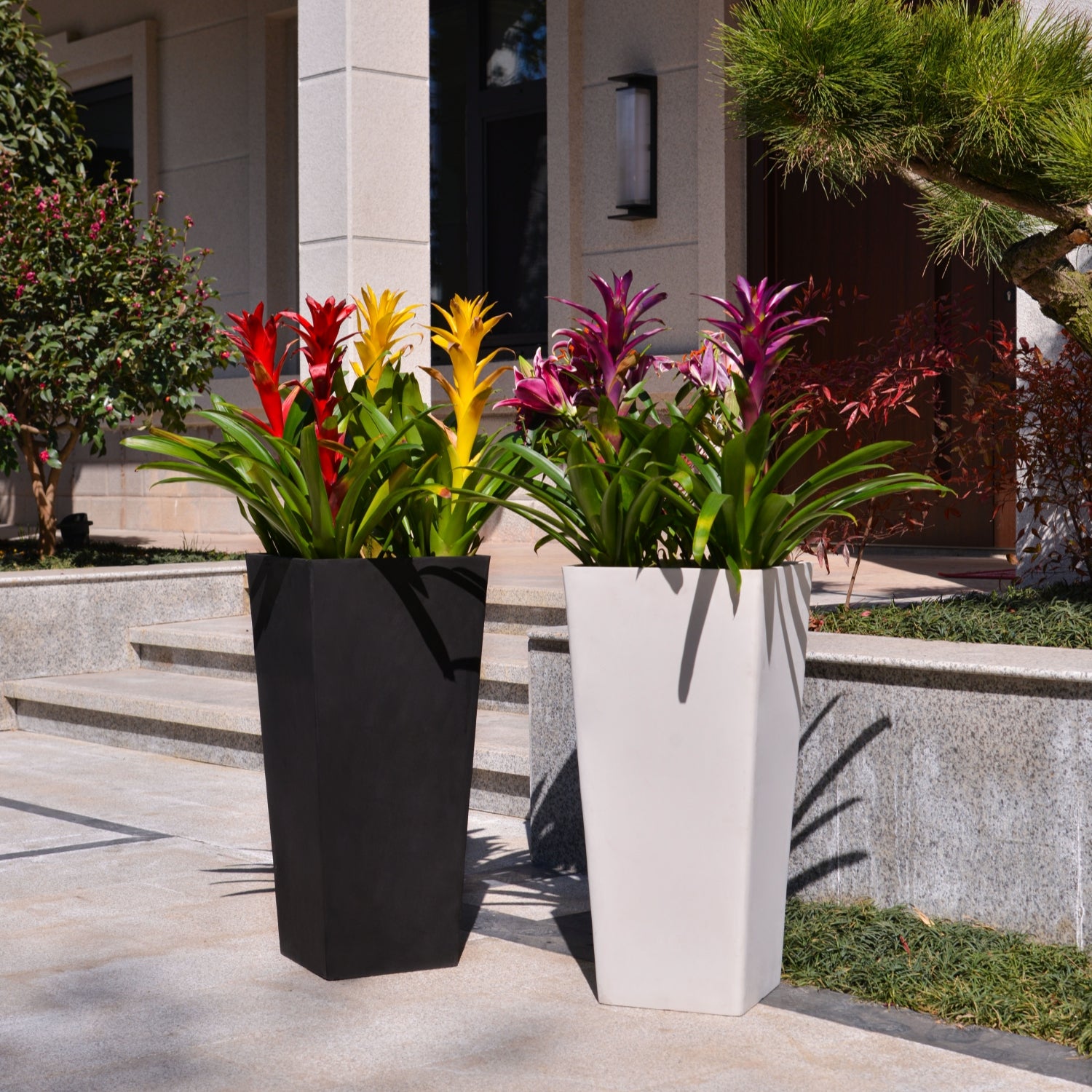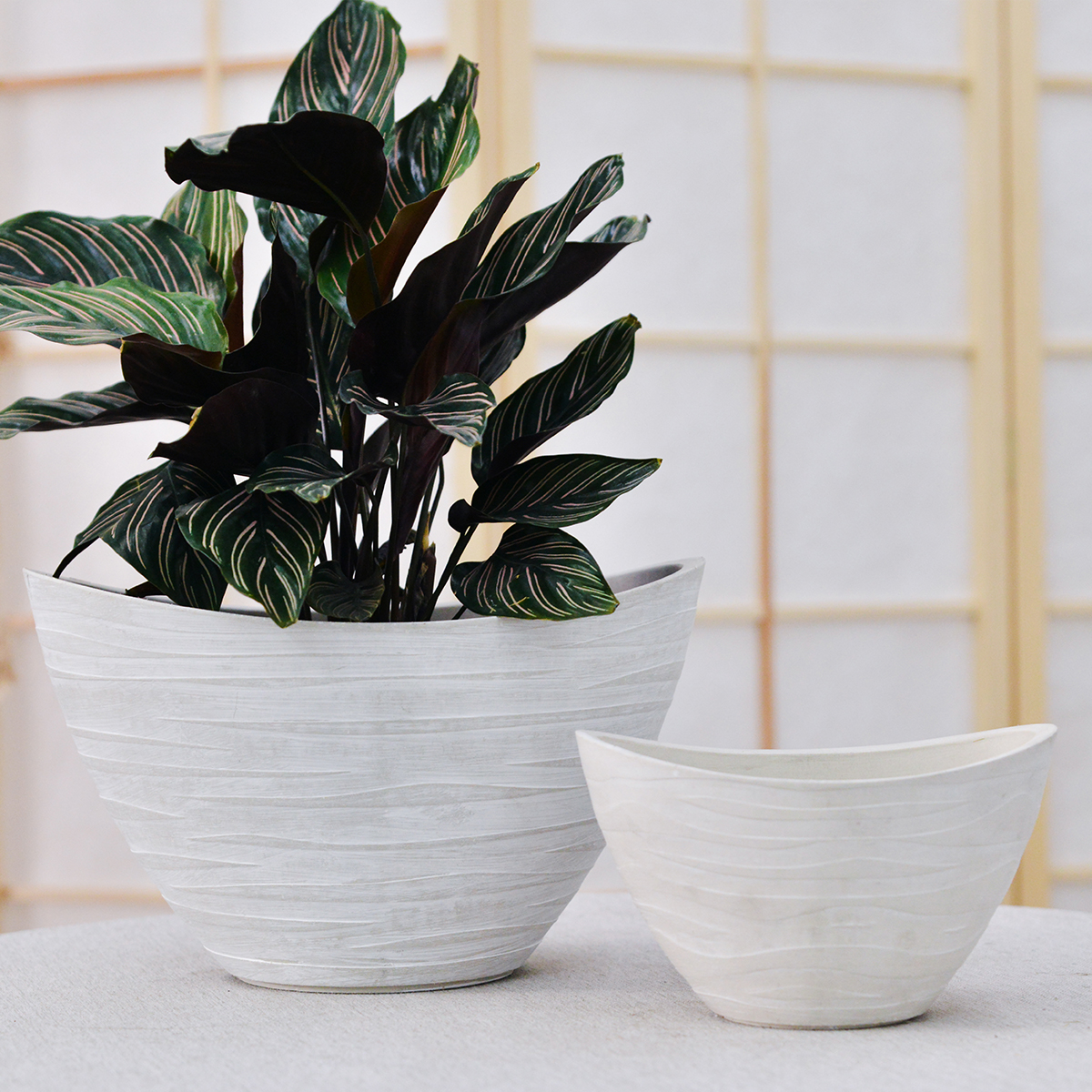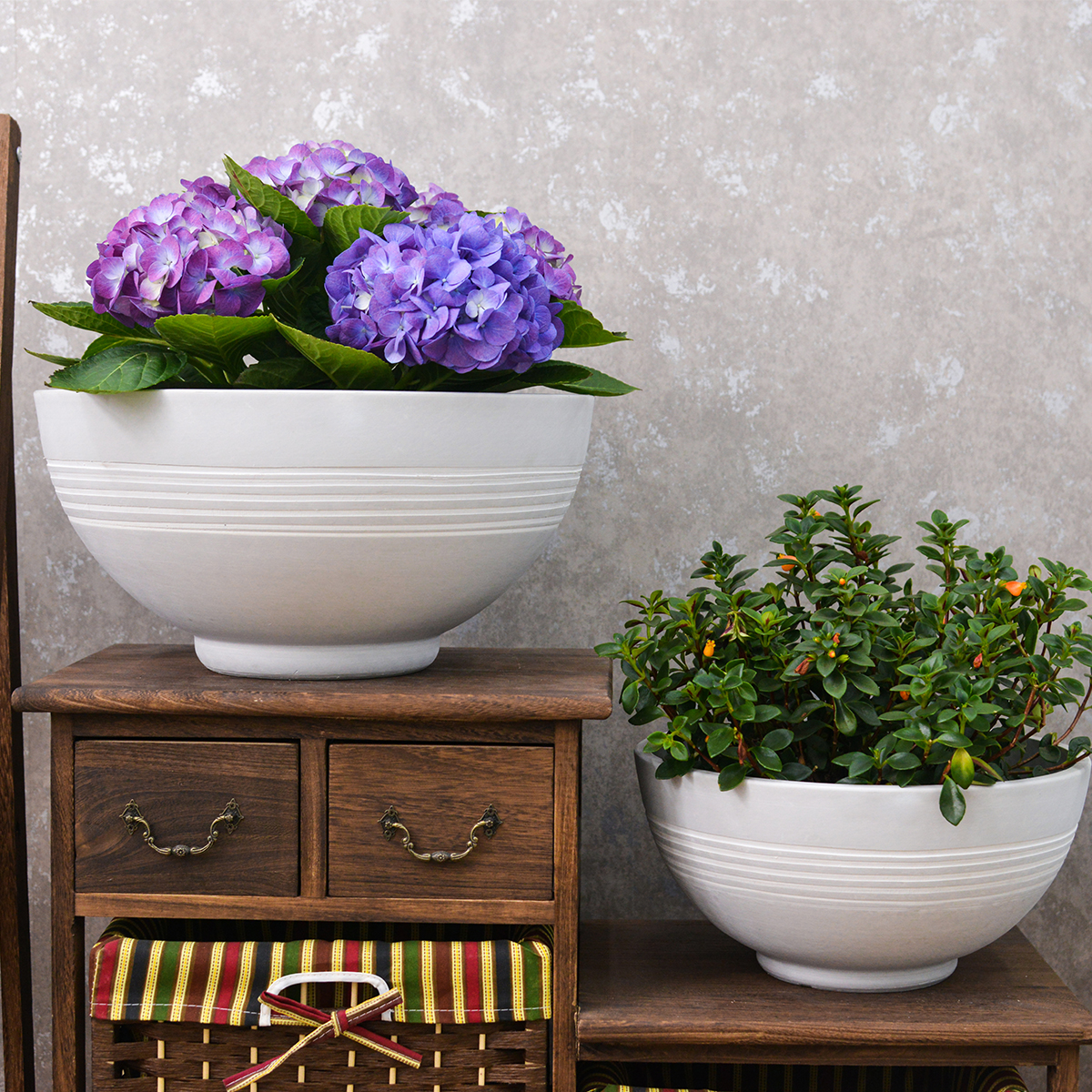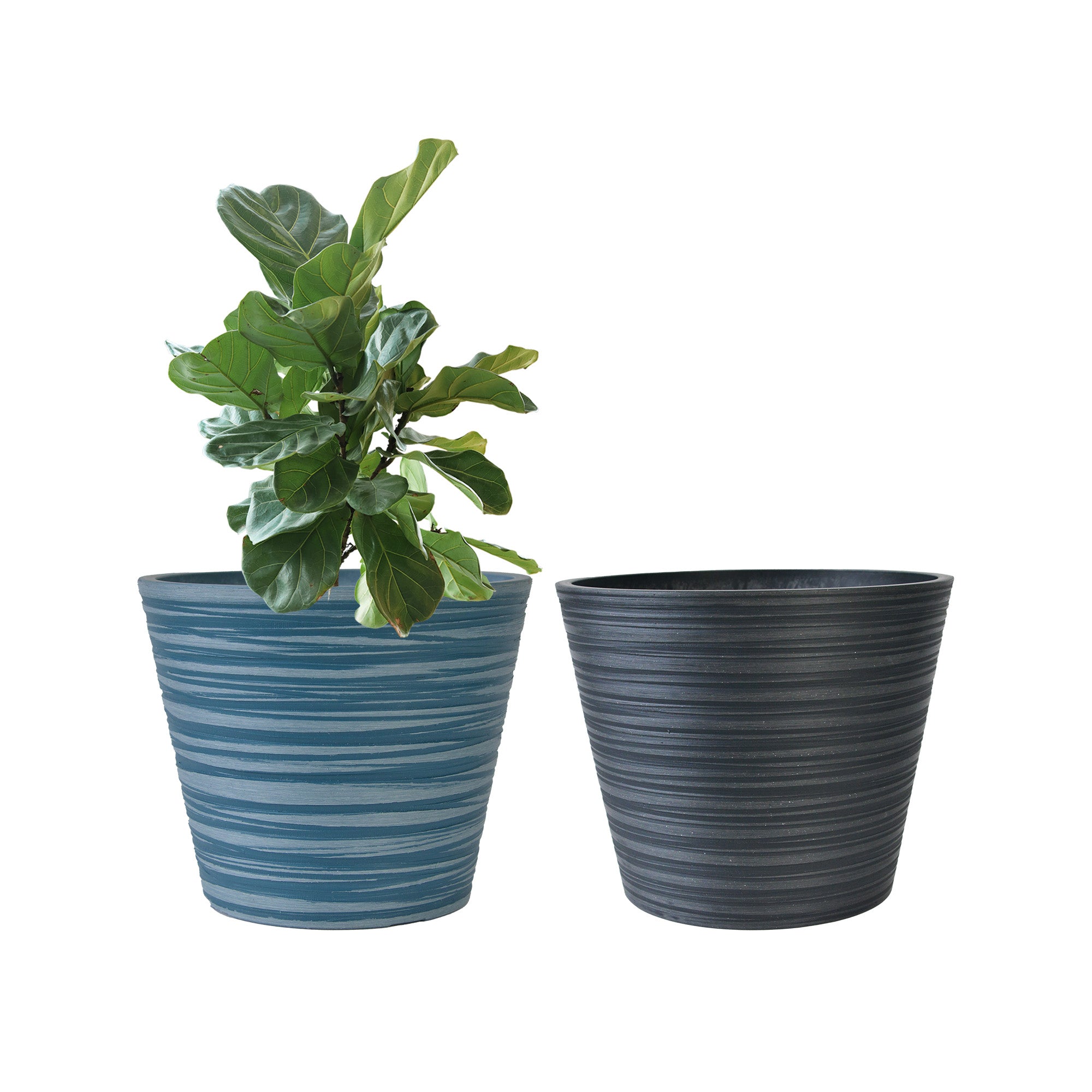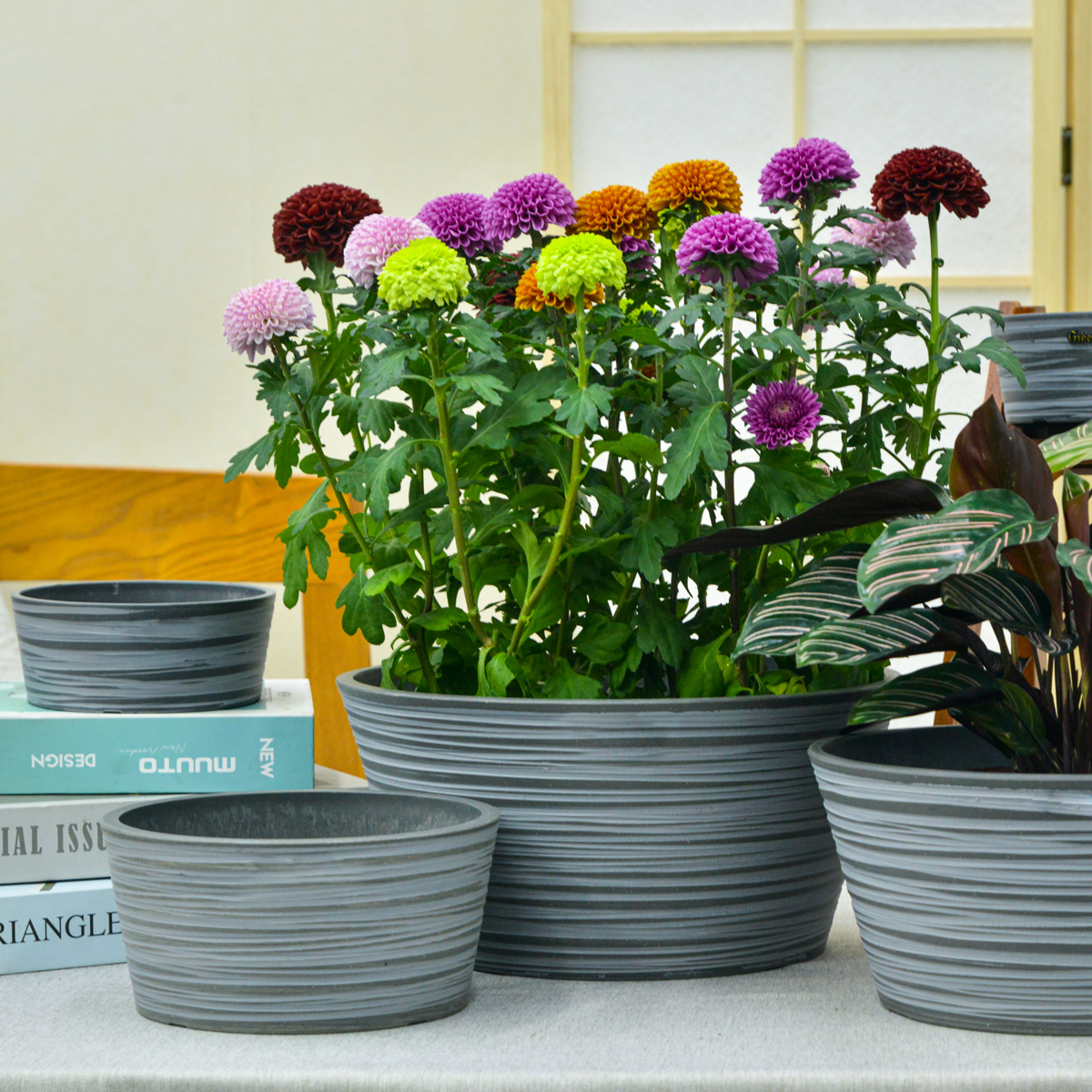Which Pots Are Best for Indoor Plants? Choosing the Right Home for Your Green Friends
Bringing the outdoors in with houseplants is a fantastic way to add life, color, and even improve air quality to your home. But just like us, indoor plants need the right environment to thrive, and their pot plays a crucial role in their well-being. Choosing the best pot for your indoor plants involves considering several factors beyond just aesthetics. Let’s explore the key aspects to help you make the right decision for your leafy companions.
The Importance of Drainage
Without a doubt, drainage is the most critical factor when selecting a pot for indoor plants. Excess water that can’t escape leads to waterlogged soil, which in turn can cause root rot – a common killer of houseplants. Look for pots with at least one drainage hole at the bottom to allow excess water to flow out freely.
If you fall in love with a pot without drainage, you can still use it as a decorative “cachepot.” Simply place your plant in a nursery pot (the plastic container it often comes in, which has drainage holes) inside the decorative pot. Remember to remove the nursery pot when watering and allow all excess water to drain away before placing it back inside.

Pot Material Matters
The material of the pot affects moisture retention, weight, and even the temperature of the soil. Here’s a look at some common options:
Terracotta: These classic reddish-clay pots are porous, meaning they allow air and moisture to move through the walls. This is excellent for plants that prefer drier conditions, like succulents, cacti, and some herbs, as it helps the soil dry out evenly and reduces the risk of overwatering. Terracotta pots are also typically inexpensive and have a charming, rustic look. However, they can dry out quickly, requiring more frequent watering, and can be brittle.
Ceramic: Ceramic pots come in a wide variety of shapes, sizes, and glazes, making them a popular choice for their aesthetic appeal. Glazed ceramic pots are less porous than terracotta, which means they retain moisture for longer. This can be beneficial for plants that like consistent moisture levels. They are also durable and can be used indoors and outdoors. However, they can be heavier and more expensive than terracotta or plastic. Unglazed ceramic pots will behave more like terracotta.
Plastic: Plastic pots are lightweight, inexpensive, and come in numerous colors and styles. They retain moisture well, which can be good for plants that need consistent watering. However, this can also be a drawback for plants that prefer drier conditions, increasing the risk of overwatering. Choose thicker, more durable plastic pots as thinner ones can degrade over time.
Metal: Metal pots can add a stylish and modern touch to your décor. They are generally durable but can heat up quickly in direct sunlight, potentially harming roots. They also may be prone to rust depending on the type of metal and whether they have a liner. Ensure good drainage if using metal pots directly for planting.
Glass: Glass containers can be visually appealing, especially for terrariums or showcasing root systems. However, they typically lack drainage holes, so they are best suited for specific setups or used as cachepots. Monitoring moisture levels carefully is crucial in glass containers.
Choosing the Right Size Pot
The size of the pot is another important consideration for the health of your indoor plants.
- Too Small: A pot that is too small will restrict root growth, leading to stunted plant development and the need for more frequent watering. You might notice roots growing out of the drainage holes if your plant has outgrown its pot.
- Too Large: While it might seem like giving your plant more room is a good idea, a pot that is too large can actually hold too much moisture, increasing the risk of root rot, especially for smaller plants.
Generally, when repotting, choose a pot that is only slightly larger (about 1-2 inches wider in diameter) than the previous one. For new plants, select a pot that comfortably accommodates the root ball with a little room to grow.
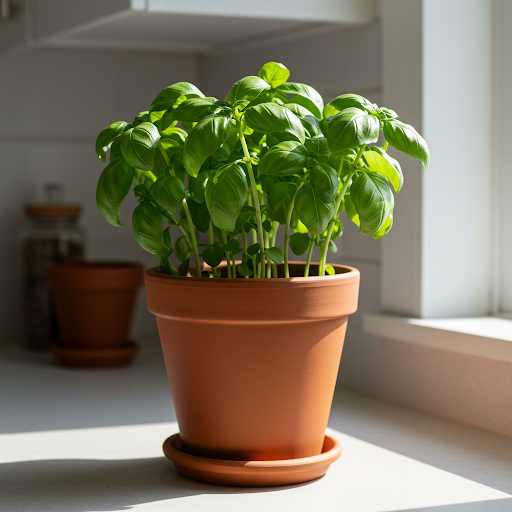
Aesthetics: Choosing a Pot That Suits Your Style
Once you’ve considered the practical aspects of drainage and material, you can focus on the aesthetic appeal of the pot. Choose colors, shapes, and styles that complement your home décor and the plant itself. Consider the size and texture of the leaves and the overall look you want to achieve.
Conclusion
Selecting the best pot for your indoor plants is a crucial step in ensuring their health and happiness. Prioritize drainage, consider the material based on your plant’s needs and your lifestyle, choose the right size to encourage healthy growth, and finally, pick a pot that you love and that enhances your living space. By paying attention to these factors, you’ll provide a comfortable and supportive home for your green companions, allowing them to flourish and bring joy to your indoor environment.
GreenShip 27inch Tall Planters for Porch, Large Outdoor Planter Pots with Drainage Hole
By greenship-seo|2025-04-10T06:27:21+00:00April 7, 2025|Categories: Hand-carving Series|Tags: Decorative Flower Pots|
KC2-21G
By greenship|2024-08-13T06:19:08+00:00August 13, 2024|Categories: Hand-carving Series|
20YB
By greenship|2024-08-16T05:37:57+00:00August 16, 2024|Categories: Hand-carving Series|
KC3-09k
By greenship|2024-08-16T06:24:36+00:00August 16, 2024|Categories: Hand-carving Series|
Planter 5 in W / 8 in W / 12 in W or Indoor Outdoor Plants, Modern Decorative Plant Pots with Drainage Hole, Decorative Flower Pots
By greenship-seo|2025-04-10T06:37:58+00:00January 16, 2025|Categories: Hand-carving Series|Tags: Decorative Flower Pots|
11THD
By greenship|2024-08-13T02:52:20+00:00August 13, 2024|Categories: Hand-carving Series|

